Turtle Poaching: Global Criminal Enterprise with Local Ties
November 14, 2022
Rhode Island’s reptiles and amphibians face pressure from numerous threats, and for many species, removal of even a single adult from the wild can lead to local extinction, according to the state’s herpetologist.
Since the local and/or regional future for many of these species — eastern spadefoot toad, northern leopard frog, northern diamondback terrapin, to name just a few — is in doubt, removing them from nature to keep as a pet or to sell is against the law. It’s illegal to sell, purchase, or own/possess native species in any context, even if acquired through a pet store or online, according to Rhode Island law.
Turtles are especially vulnerable, according to Scott Buchanan, who became the state’s first full-time herpetologist in 2018, because some species must reproduce for their entire lives to ensure just one hatchling survives to adulthood. The Rhode Island Department of Environmental Management (DEM) staffer said it takes years, sometimes a decade or more, for turtles to reach reproductive age, if they make it at all.
Buchanan recently told ecoRI News that “broadly, across taxa” the illegal taking, or poaching, of wildlife is a “huge issue.”
“Globally, it’s considered one of the driving forces of population declines and even extinctions,” he said.
Wildlife trade experts and conservation biologists such as Buchanan point to poaching — driven by demand in Asia, Europe, and the Unified States — as a contributing factor in the global decline of some freshwater turtles and tortoises.
Tortoises and turtles grow slowly, mature late, and can, if given the chance, live for decades. This slow and steady lifestyle served them well for millions of years, but now, in the face of growing human pressures, it has become a liability.
Of the 360 known turtle and tortoise species, 52% are threatened, according to the International Union for Conservation of Nature Red List of Threatened Species.
A group of global turtle and tortoise experts published a 2020 paper that noted “more than half of the 360 living species [187] and 482 total taxa (species and subspecies combined) are threatened with extinction. This places chelonians [turtles, terrapins, and tortoises] among the groups with the highest extinction risk of any sizeable vertebrate group.”
Turtle populations are “declining rapidly” because of habitat loss, consumption by humans for food and traditional medicines, and collection for the international pet trade, according to the paper’s authors. Many could go extinct this century.
Buchanan’s involvement in dealing with the impact of poachers is primarily around North American turtles. He noted turtle diversity is high globally and in the eastern United States — in the Southeast more than the Northeast, however.
But state and federal law enforcement officials and wildlife biologists consider the illegal collection of turtles to be a conservation crisis occurring at an international scale, according to Buchanan, who is the co-chair of the Collaborative to Combat the Illegal Trade in Turtles (CCITT), formed in 2018 within Partners in Amphibian and Reptile Conservation.
In the past four years, CCITT, an organization of mostly state, federal, and tribal biologists, has documented some 30 major smuggling cases in 15 states. Some involved a few dozen turtles, and others several thousand.
In Rhode Island, Buchanan said there are four turtle species of concern: the eastern box turtle; the spotted turtle; the wood turtle; and the northern diamondback terrapin.
Eastern box (species of greatest conservation need): This turtle spends most of its time on land rather than in the water. They favor open woodlands, but can be found in floodplains, near vernal pools, ponds, streams, marshy meadows, and pastures. They reach sexual maturity by about 10 years of age. Females nest in June and lay an average of five eggs in open areas with sandy or loamy soil. Eggs hatch in late summer.
Spotted (species of greatest conservation need): These turtles are sensitive to disturbance. They are usually found in shallow, well-vegetated wetland habitats, such as vernal pools, marshes, swamps, bogs, and fens. They reach sexual maturity at 7-10 years of age. Females lay an average of four eggs in moist Sphagnum moss, grass tussocks, hummocks, or loamy soil. Females probably do not lay eggs more than once a season, and females do not lay eggs every year.
Wood (species of greatest conservation need): For part of the year they live in streams, slow rivers, shoreline habitats, and vernal pools, but in the summer they roam widely across terrestrial landscapes. They reach sexual maturity around 10. During late spring, one clutch of 4-12 eggs is typically laid in nesting sites consisting of sandy soil or gravel. Eggs hatch in late summer and the young move to water.
Northern diamondback (state endangered): Their population has suffered greatly due to poaching and habitat loss. They are found in estuaries, coves, barrier beaches, tidal flats, and coastal marshes. They spend the day feeding and basking in the sun and bury themselves in the mud at night. They reach sexual maturity at about 6. Females lay a clutch consisting of 4-18 eggs. Some females will lay more than one clutch in a season and hatching usually occurs in late August. The young spend the earlier years of life under tidal wrack (seaweed) and are rarely observed.
All four are high-demand species in the pet trade, according to Buchanan.
“There’s a lot of illegal collection that takes place all throughout the eastern United States, including in New England and Rhode Island,” he said. “There’s a lot of recent cases that involve hundreds and thousands of turtles from those species illegally collected from individual populations, which is just totally unsustainable and has an immediate and lasting impact on those populations.”
Other turtle species that can be found in Rhode Island include eastern painted, common snapping turtle, and eastern musk.
“We have a lot of turtles for a small state,” Buchanan said. “They’re a conservation priority because of their life history. They’re just inherently vulnerable to population declines.”
Most turtles fall victim to predators before they mature. Rhode Island’s turtles are also threatened by habitat loss and fragmentation and by car strikes when crossing roads to breeding grounds.
Poaching is just another human-caused threat to their existence.
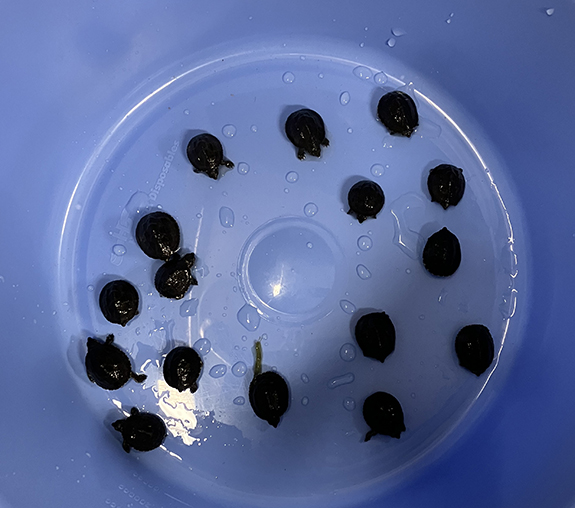
In late September environmental police officers from DEM’s Division of Law Enforcement found 16 eastern musk turtle hatchlings, a species native to Rhode Island and the eastern United States, in the home of a West Warwick man suspected of illegally advertising them for sale on Craigslist and Facebook.
The case resulted from a week-long investigation, during which the suspect offered two hatchlings to undercover environmental police officers for purchase, according to DEM.
The suspect was charged with 16 counts of possession of a protected reptile or amphibian without a permit. The turtles were taken to the Roger Williams Park Zoo, which has a room and equipment dedicated to the care of turtles seized from the illegal turtle trade. The turtles will be released back into the wild after clearing health screenings and disease testing, according to DEM.
The 16 turtles are still at the zoo and “doing well,” according to Buchanan. He said only a minority of turtles rescued from poachers are returned to the wild, because of concerns about disease and, more importantly, not being able to determine the area from which they were taken.
The man has claimed the hatchlings were raised in captivity, but state officials believe the parents were likely taken from the wild and that the case also involves actions taken in another state. The case remains under investigation.
Last November, at New York City’s John F. Kennedy International Airport, about 100 eastern box turtles were found confined in socks inside an illegal shipment to Asia. A deadly ranavirus outbreak among the turtles confiscated by the U.S. Fish & Wildlife Service highlighted the risks and cruelty of the illegal wildlife trade, according to the New England Aquarium.
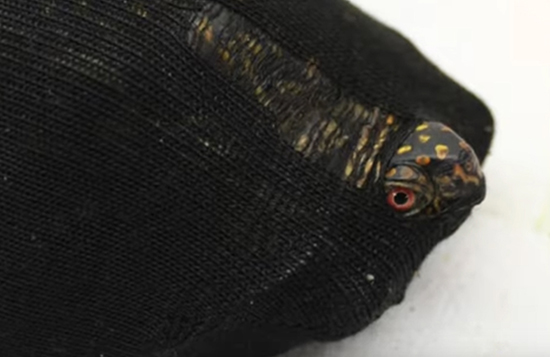
Federal wildlife officials discovered the wildlife smugglers put multiple turtles, taken illegally from the wild, together into one box without food or water. Found hidden inside falsely labeled boxes, each turtle had been stuffed inside a tight sock to prevent it from moving.
The New England Aquarium took in many of the turtles and enlisted Zoo New England and Roger Williams Park Zoo to assist with treating the animals that were in poor health, suffering from dehydration and eye infections.
Buchanan said the global demand for box turtles has surged during the past few years.
A Chinese national was sentenced last year to 38 months in prison and fined $10,000 for money laundering after previously pleading guilty to financing a nationwide smuggling ring that sent 1,500 turtles worth nearly $2.3 million from the United States to China. The man used PayPal, credit cards, and bank transfers to buy the turtles from U.S. buyers advertising them on social media and reptile websites and sold them to Hong Kong reptile markets.
He trafficked in five turtle species, including the eastern box turtle, protected by the Convention on International Trade in Endangered Species of Wild Fauna and Flora treaty.
Turtles, especially freshwater species, are among the world’s most trafficked animals, because, as Buchanan noted, reptiles can be kept in “explicitly inhumane conditions” — say, a sock inside a cardboard box — for a significant period of time.
“Enough of them survive to make it economical [for the criminal enterprise],” said Buchanan, noting most amphibians are too fragile to keep alive for that long.
Criminal networks connect with buyers who then sell the turtles as pets, to collectors, and to commercial breeders. Some species are coveted for their colorful shells or unusual appearance. In many countries, this illegal trade is either poorly regulated or unregulated.
To help protect Rhode Island’s native species, you can submit observations of amphibians and reptiles to DEM scientists online.
“Remember never to share turtle locations online,” according to DEM. “It can be exciting to see turtles in the wild, and to share your discovery. But before you take a photo of a turtle in the wild, turn off the geolocation on your phone. If you post a turtle photo on social media, don’t include information about where you found it. Poachers use location information to target sites.”
There are a few reptiles and amphibians that can hunted legally in Rhode Island: snapping turtles, bullfrogs, and green frogs. A current fishing, hunting, or trapping license is required and hunting/trapping must be conducted in compliance with season and size regulations. All animals harvested must be killed immediately following capture, as possession of live turtles or frogs is illegal.
Turtle traps must be marked with the trapper’s name and address, checked every 24 hours, and set in a manner that will allow turtles access to air, according to DEM. All bycatch must be released immediately at the location where the trap was set.
“This illegal collection of turtles … I think most people have a perception that it’s disparate or kind of small-time … it’s just some yahoos out there collecting a few turtles, when in fact it’s perfectly accurate to say the norm is international criminal syndicates that are driving the trade in turtles that leads to the illegal collection here in the U.S.,” Buchanan said. “There’s often times a local collector who’s in contact with a middleman who’s in contact with a criminal network that’s also involved in things like drug trafficking and human trafficking.”
Note: The sexual maturity and nesting habits of the four turtle species of concern in Rhode Island are based on their life and conditions here. For more information about the turtles of Rhode Island, click here. To watch a short U.S. Fish & Wildlife Service video about the importance of turtles and the threat from poaching, click here.

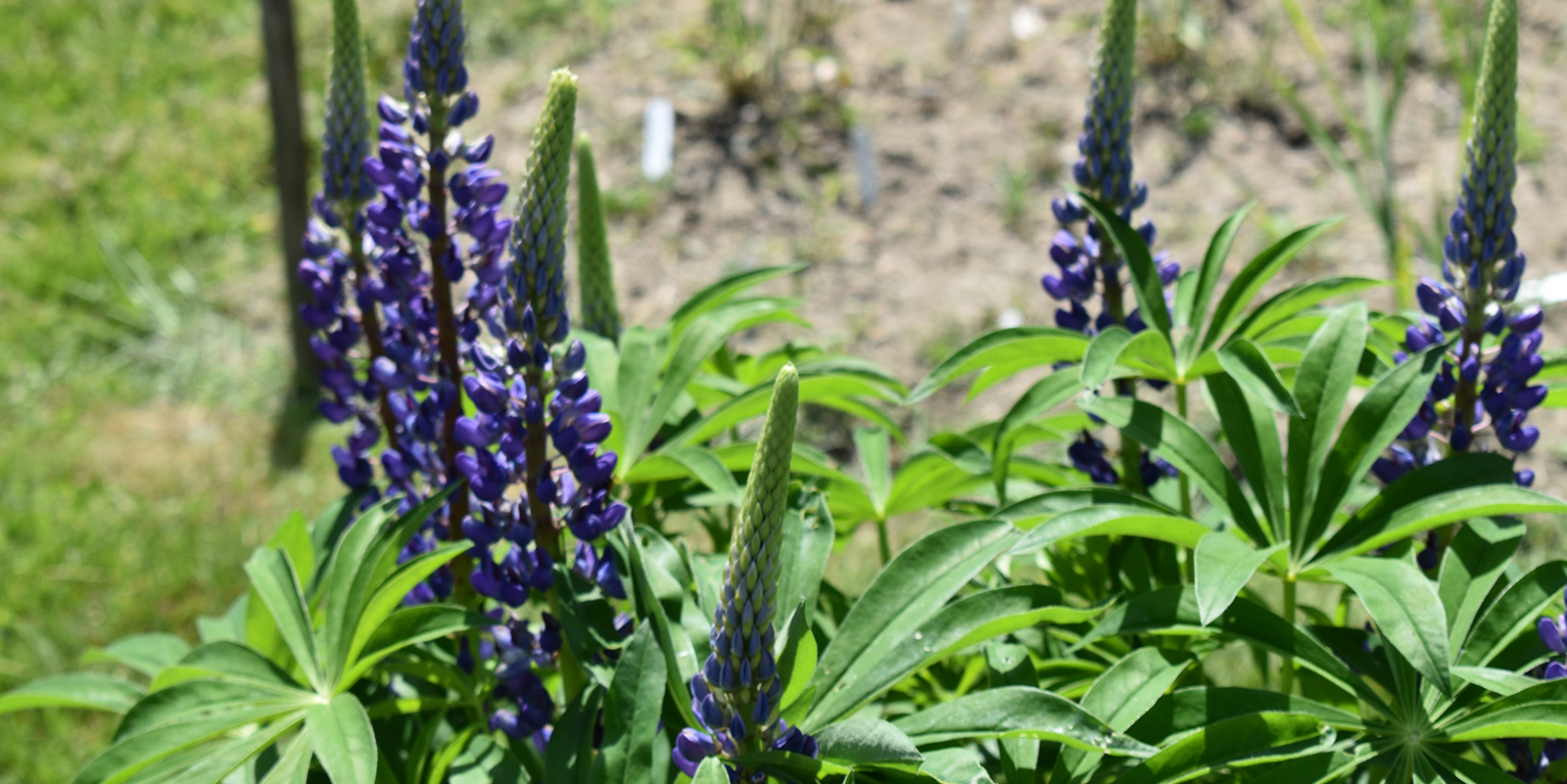
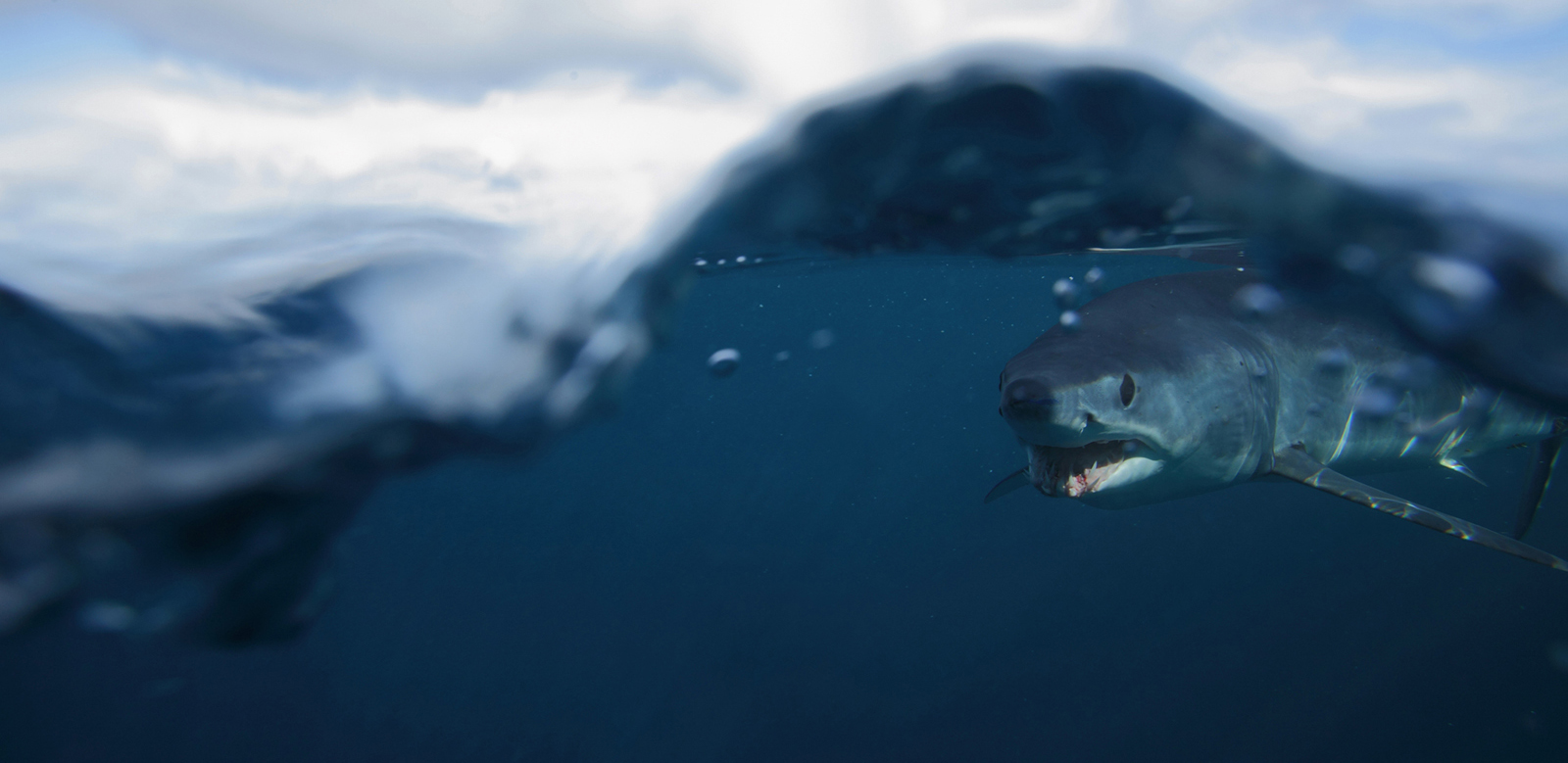
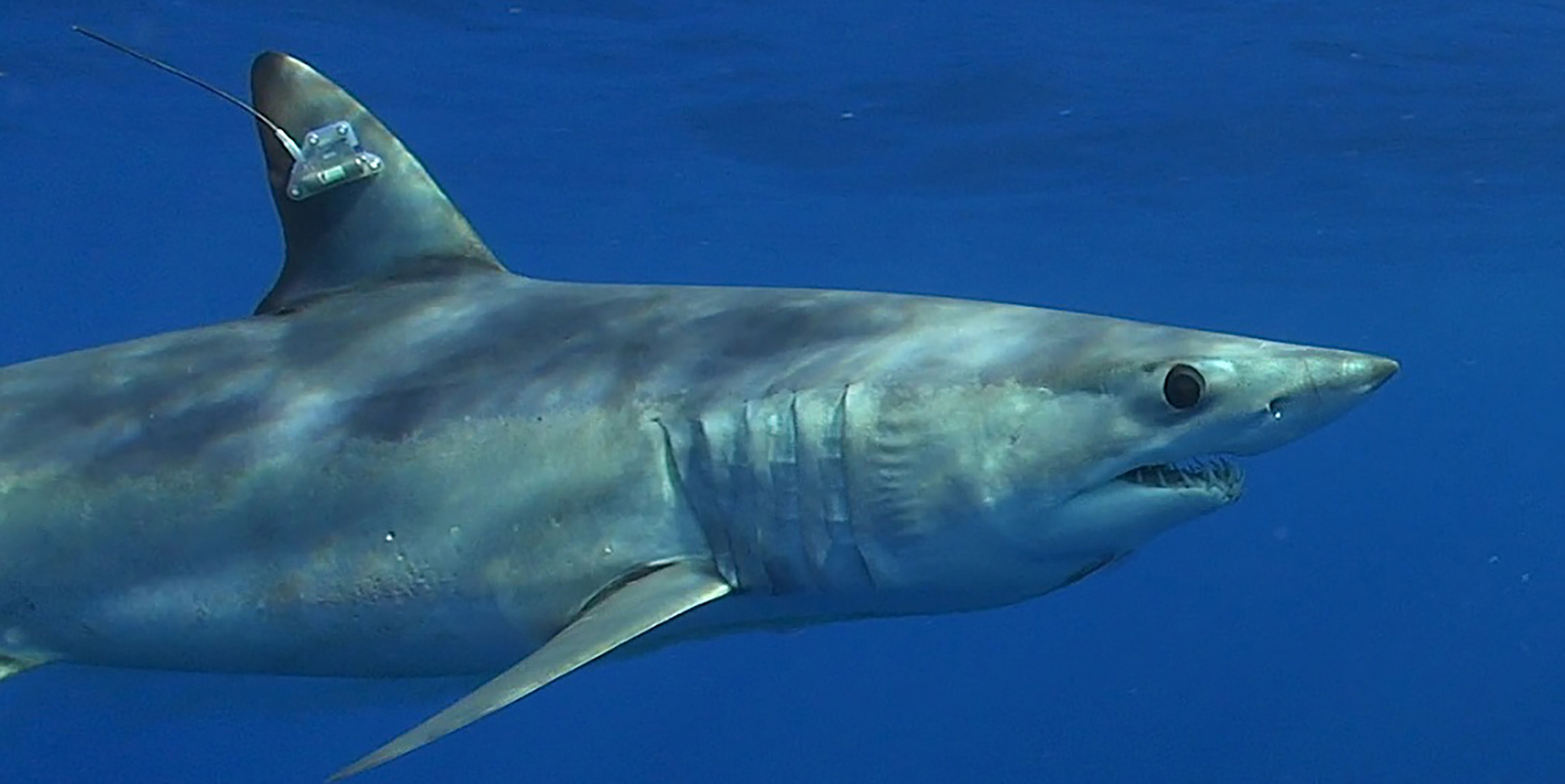
Totally despicable. Fines and punishment for such actions should be swift and severe. No excuses. Violators names and photographs of convicted perpetrators should be widely distributed and publicized. It always amazes me that the “exotic pet trade” lobby carries so much weight. The trade in native and especially exotic animals legal or illegal results in so much environmental damage. Put an end to all of it.
This is where a state “incidental takings permitting” procedure, such as Connecticut has, would be helpful.
Colleen Cronan outlined takings permitting this past August in her report “Compared to its Neighbors, RI’s Rare Species lack Protection.” A Connecticut consultant who had testified about that state’s takings permitting as an expert witness during the Invenergy power plant hearings was interviewed.
An example of how it might work is suggested by an EcoRI report two years ago concerning a major Algonquin pipeline maintenance and repair project taking place in two RI Wildlife Action Plan designated Nature Heritage Areas in Burrillville. Heavy planking covered the right of way for nearly mile in order to allow the necessary transit of heavy earth moving machinery and trucks. Any slow moving “State-listed” creature or nest thereof underneath was likely crushed. Despite this threat in the two Natural Heritage Areas, the EcoRI report noted that this was perfectly legal in the absence of any Rhode Island regulation. Were takings permitting on the books, however, Algonquin would have been obliged to secure a permit from DEM. Likely, such a permit would have allowed the needed pipeline maintenance and repair in the winter season when the nesting and foraging of the threatened wildlife would not be taking place, minimizing the danger of a “taking.”
Politically speaking, the public securing a takings permitting procedure for Rhode Island State-listed species would be no easy task. But that should not prevent us from adding it to our agenda.
Respectfully, what does that have to do with illegal trade in Wildlife?